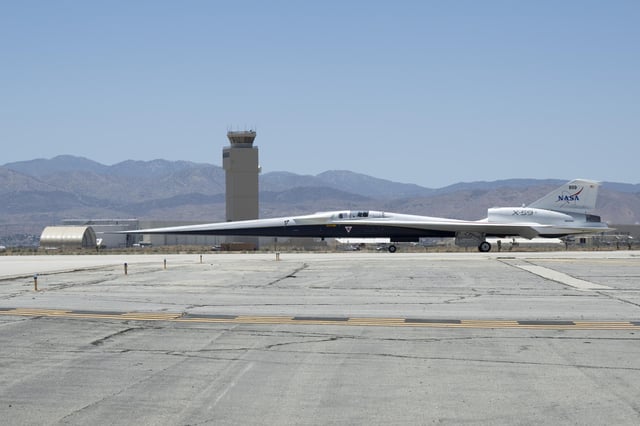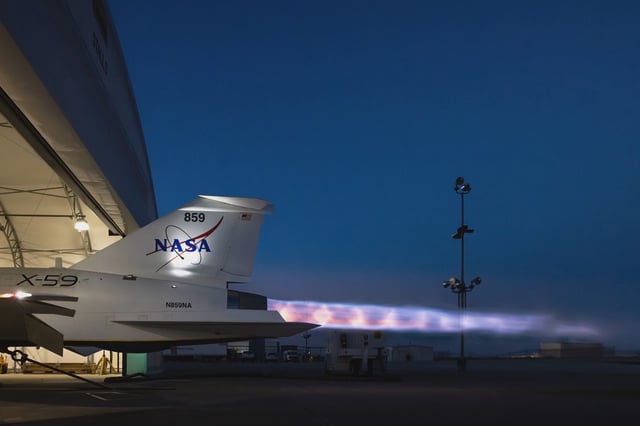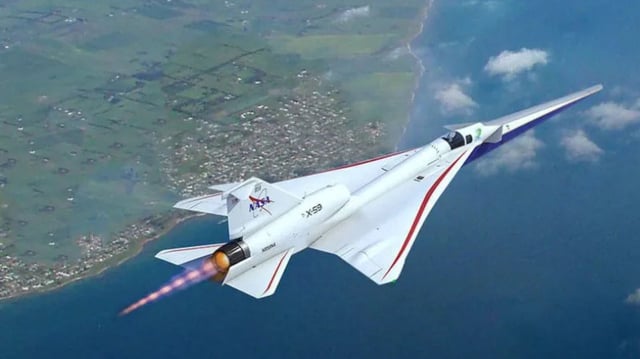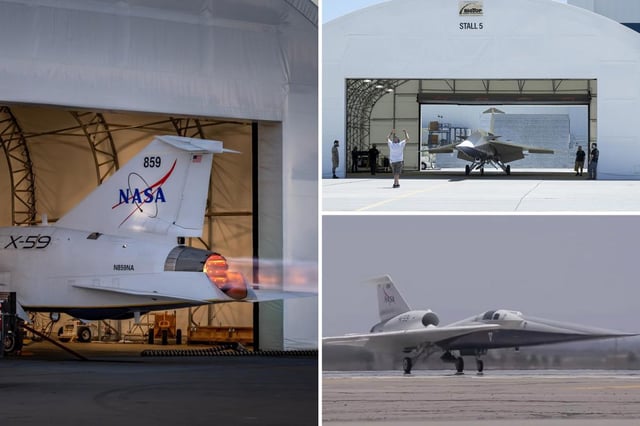Overview
- On July 10 at Plant 42 in Palmdale, test pilot Nils Larson completed the X-59’s first low-speed taxi run, marking its first movement under its own power
- Over the coming weeks, ground teams will ramp up speeds in high-speed taxi tests that simulate takeoff conditions without airborne flight
- As the centerpiece of NASA’s Quesst mission, the X-59 aims to transform disruptive sonic booms into a subdued “thump” to enable supersonic travel over land
- Empirical noise data from these ground and future supersonic tests will be shared with U.S. and international regulators, including the FAA, to inform new overland noise thresholds
- Built by Lockheed Martin’s Skunk Works, the X-59 features a long nose, ultrathin wings and a windowless cockpit with an external vision system to break up shock waves at Mach 1.4 and 55,000 feet



